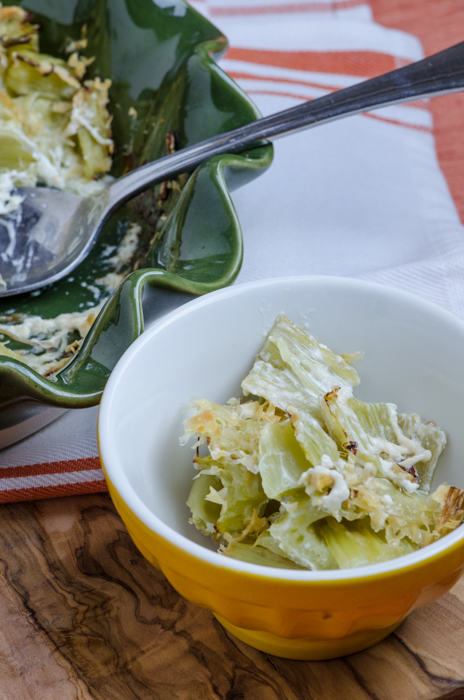 During our autumn Barolo Walk and Wine walking tour in Piedmont, we not only experience the grape harvest for the prized Barolo wines, we get to enjoy some of Piedmont’s distinctive culinary treasures as well.
During our autumn Barolo Walk and Wine walking tour in Piedmont, we not only experience the grape harvest for the prized Barolo wines, we get to enjoy some of Piedmont’s distinctive culinary treasures as well.
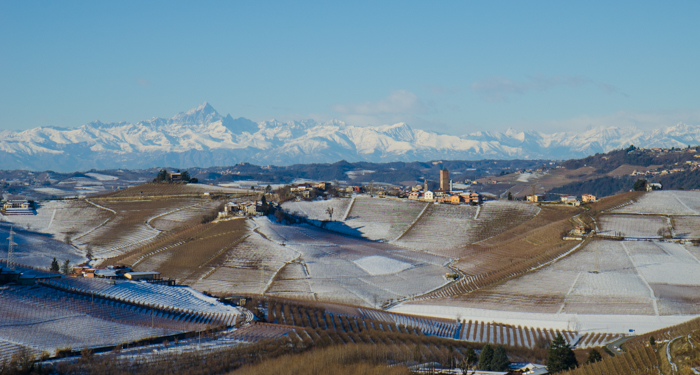
In autumn in Piedmont you will find a unique vegetable rarely seen in the US, the cardoon. The cardoon, also called the artichoke thistle or globe artichoke, is a thistle in the sunflower family. It is a naturally occurring species that includes the globe artichoke, the cardoon being cultivated for its edible stalk, the globe artichoke for its edible flower buds.
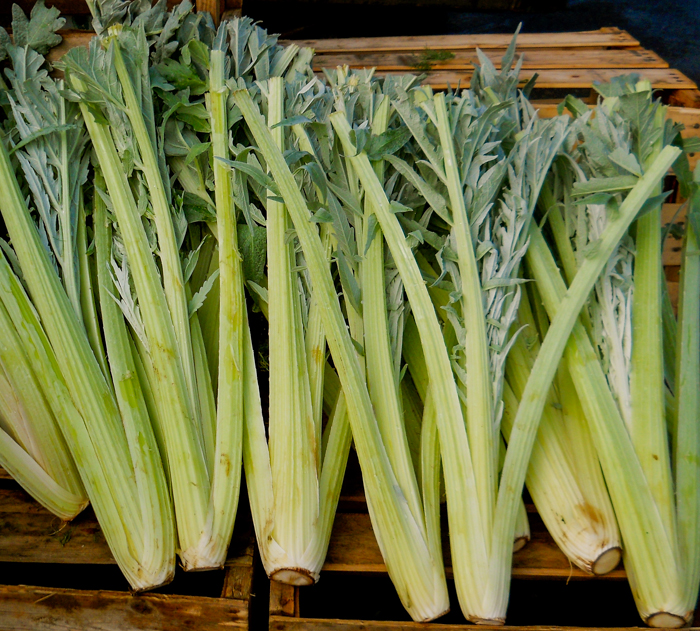
Locally called cardo gobbo, or “hunchbacked” cardoon, these cardoons are so named because early on they are curved and redirected back underneath the soil. Only the innermost, white stalks are considered edible, and cardoons are traditionally protected from the sunlight for several weeks by burying the plant underground. The resulting vegetables are especially tender.
A cardoon has a white crunchy stalk, with a sweet flavor similar to its artichoke cousin, but typically less bitter. Like artichokes, cardoons should be dropped into acidulated water as they are chopped so that they don’t discolor. They are an essential ingredient to an autumn bagna cauda or cooked in a bechemel. Their slightly bitter flavor is also often used in the production of Amaro (Italian for “bitter”), the traditional family of Italian herbal liqueurs that are commonly consumed after dinner as a digestif.
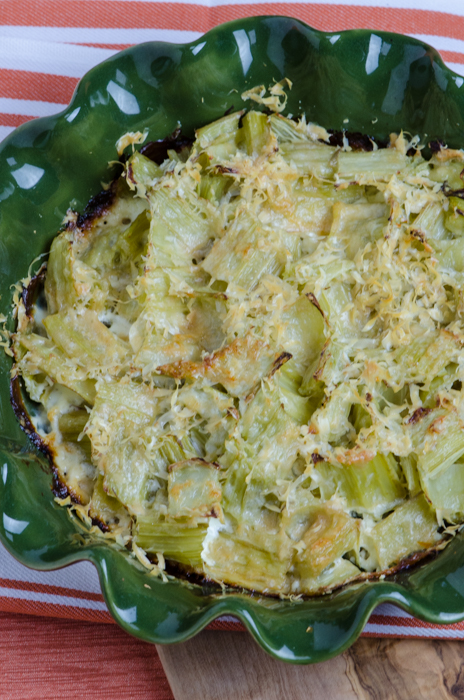
The bitter flavors of cardoon and artichokes are challenging to pair with wines. I would recommend a “Gavi,” a wine from the Cortese grape, usually sold under the name of the town in the southeast part of Piedmont where they are produced. Typically dry, with lemon-like citrus flavors, very high acidity and distinct minerality.
Cardi al Forno
When baked, cardoons have a tender texture and a more subtle taste akin to that of artichokes. Very tasty baked in cream and cheese!
Serves 4
2 lemons
2 medium cardoons
Kosher salt and freshly ground pepper
1/2 cup heavy cream
3/4 cup grated Parmigiano-Reggiano
Prepare a bowl of acidulated with the juice of one lemon. Trim the cardoons: discard any outer fibrous ribs and any leaves and peel off any strings. Chop into 4-inch lengths and drop the pieces into the lemon water. Allow to rest in the water for 15 minutes. Preheat the oven to 350°F.
Fill a pot with water. Add the juice of the remaining lemon and salt to taste and bring to a boil. Drain the cardoons, add them to the boiling water and cook until tender but still crisp. Drain and allow to cool.
Spread half the cream in the bottom of a baking dish and sprinkle on about half of the grated cheese. Scatter the cardoons on top in a single layer. Pour the remaining cream over the cardoons, distributing it as evenly as possible. Season with salt and pepper and sprinkle on the remaining grated cheese. Bake in the preheated oven until the top is golden, about 45 minutes.
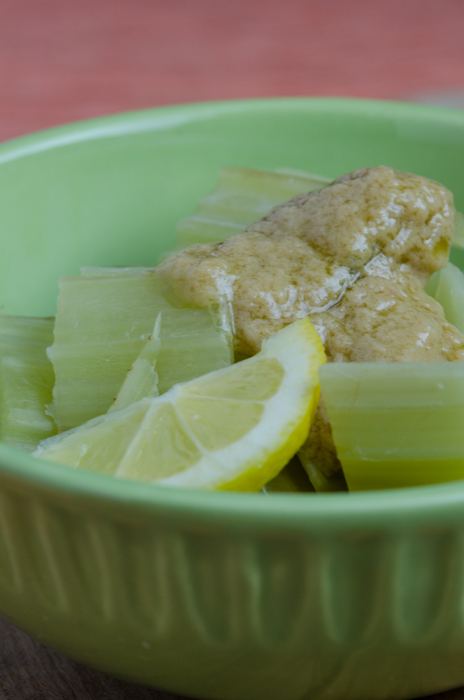
Cardi Gobbo in Salsa
This recipe includes a sauce that is similar to the favorite antipasti of Piedmont, Bagna Cauda. Not a dish that would appeal to the American palate, but surprising good – the milk mellows the garlic.
Serves 4
! 1/2 to 2 pounds cardoons
2 heads garlic, cloves separated and peeled
Milk
4 anchovy filets, rinsed and minced
Prepare a bowl of acidulated with the juice of one lemon. Trim the cardoons: discard any outer fibrous ribs and any leaves and peel off any strings. Chop into 4-inch lengths and drop the pieces into the lemon water.
Fill a pot with water. Add the juice of the remaining lemon and salt to taste and bring to a boil. Drain the cardoons, add them to the boiling water and cook until tender but still crisp. Drain and keep warm.
Meanwhile, place the cloves of 2 heads of garlic in a small pot with milk to cover and simmer until soft, about 20 minutes. Drain the garlic, transfer to an earthenware pot, and crush with a fork. Mash in the anchovies with the fork. If the mixture is still chunky, puree it until smooth using an immersion blender. Cook over medium heat, stirring with a wooden spoon, for 10 minutes. Transfer cooked cardoons to a serving platter. Pour the sauce over the top and serve.

Pingback: Bagna Cauda – A Hot Dipping Sauce from Piedmont | Italian Food, Wine, and Travel
Pingback: Bagna Cauda – A Hot Dipping Sauce from Piedmont | Italian Food, Wine, and Travel